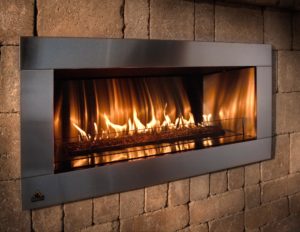 With the winter months fast approaching, it won’t be long before frigid temperatures take hold. Even in newer homes, it can seem nearly impossible to keep out the winter chill, no matter how high you crank up the heat.
With the winter months fast approaching, it won’t be long before frigid temperatures take hold. Even in newer homes, it can seem nearly impossible to keep out the winter chill, no matter how high you crank up the heat.
If colder temperatures find you shivering under a blanket because you don’t want to crank up the thermostat, a space heater is one of the solutions for having space warmed. Most space heaters are convection heaters that blow air across a heating element, often a ceramic plate,
before circulating the heated air in your house.
So, what is the best space heaters for your home? It depends on few considerations. Beyond just finding a heater that works well and isn’t dangerous, herewith features that most people would want in space heaters.
Points needed for Best Space Heaters
- Extra safety controls: At a minimum, look for a heat sensor that shuts the heater down if it becomes dangerously hot. A tip-over switch, which turns off a heater that’s on its side, is a good additional feature you’ll find on some products.
- you can take it from room to room. If it’s small and light enough to carry, a handle should remain cool to the touch even if you’ve recently used it.
- Heat settings and timers: A heater should be able to adjust the amount of heat it’s putting out, ideally with a somewhat-accurate built-in thermostat. A timer, so it can turn on or shut off at a set time, is also nice.
- Low noise: The hardware you pick should be as quiet as possible. No one wants to listen to a heater blasting away while they watch a movie or try to sleep.
- Oscillation: If you decide to buy a fan-forced ceramic heater, having the option to oscillate the device from side to side allows the heater to spread its heat to a larger area than a stationary fan can manage.
- Cord storage: Space heaters should be easy to store when you don’t need them. Many have built-in cord-management systems.
When buying a heater, it’s important to consider the size of the space you’re heating. According to our research, you’ll need between 10 and 15 watts of power per square foot, which varies based on how well insulated the room is and whether windows or doors are present. So, a 100-square- foot bedroom, for example, requires at least a 1,000-watt heater to
keep things toasty.
Generally, the most powerful heater you can plug into a standard North American outlet maxes out at 1,500 watts. As the only heat source, it would be suitable for heating a meager 150 square feet. You need to remember that, space heaters are designed to serve as a supplemental heat source, not a primary one. So even with this 1,500-watt limitation, a good space heater should still be able to raise the temperature in the area around it by a few degrees.
Remember that space heaters can pose a safety risk if they’re used improperly. Never plug in a space heater with an extension cord, and always place the unit in a level, a low-foot- traffic spot away from flammable fabrics. Experts also caution against leaving space heaters unattended or using them while you’re sleeping.
If you need help to fix leaking roof, you can contact us.



